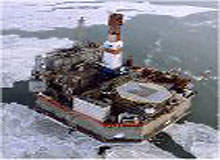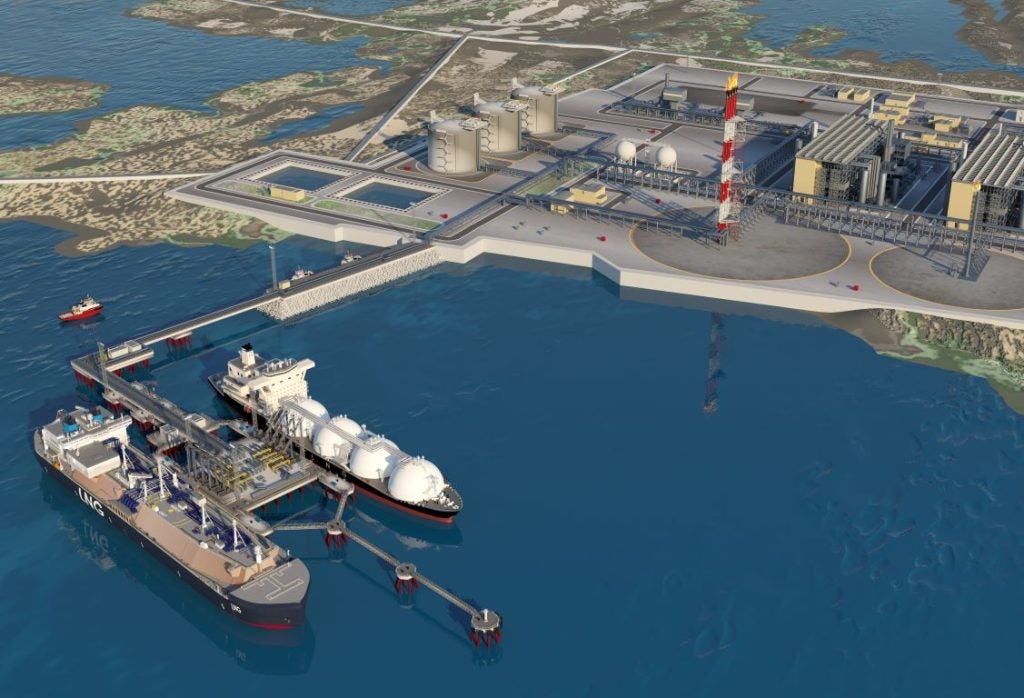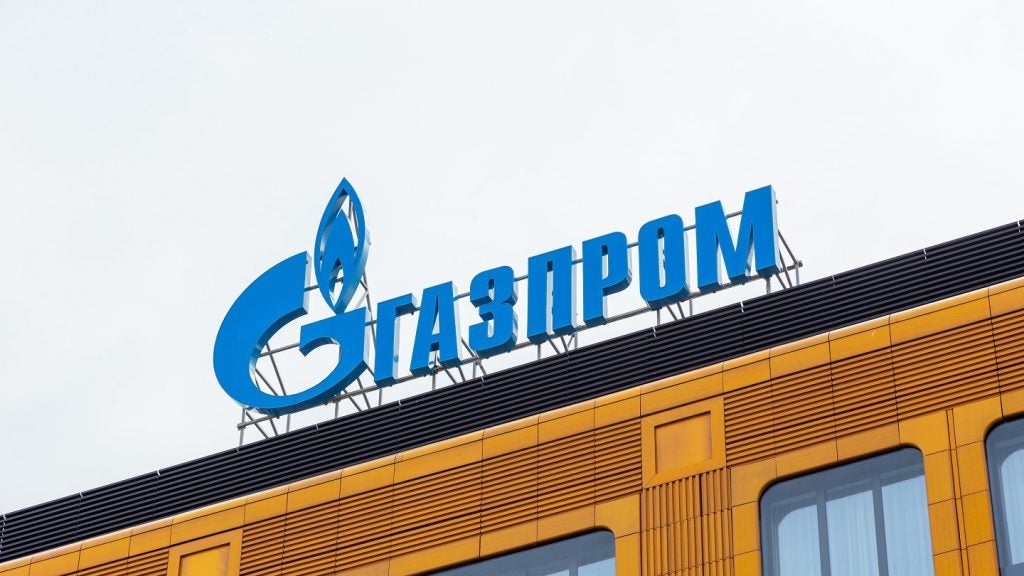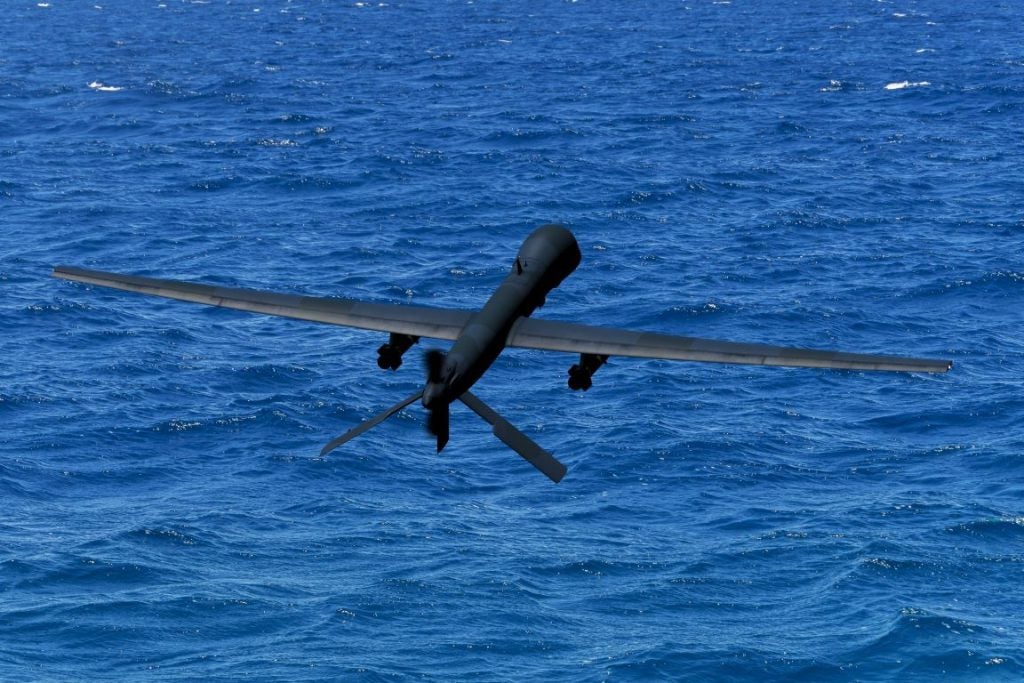
Like its namesake, Sakhalin I, Sakhalin II is a project aimed at locating and producing oil and gas on Sakhalin Island and immediately offshore in the Sea of Okhotsk. It represents a key area of future growth for Shell and an opportunity to meet its strategic objectives of increasing exploration and production assets and providing a greater focus on gas.
The project will have the capacity to produce 8% of the world’s LNG demand and will build on Shell’s leading position in the development and marketing of LNG.
Located in the far east of Russia, Sakhalin II will create opportunities to further strengthen commercial relationships in Asia. It is ideally positioned to supply Japan and Korea, among the fastest growing gas markets in the world. It will also supply gas to Mexico and the West Coast of the US, other markets in which demand for LNG is increasing rapidly.
By October 2006, about 98% of the future capacity of the LNG plant was contracted to customers in these countries; the remaining 2% will be retained for flexibility and spot market sales.
SAKHALIN II PROJECT
See Also:
Scheduled to begin full operations in 2008, the Sakhalin II phase 2 project is the second stage in the development of the Piltun-Astokhskoye oil field and the Lunskoye gas field.
How well do you really know your competitors?
Access the most comprehensive Company Profiles on the market, powered by GlobalData. Save hours of research. Gain competitive edge.

Thank you!
Your download email will arrive shortly
Not ready to buy yet? Download a free sample
We are confident about the unique quality of our Company Profiles. However, we want you to make the most beneficial decision for your business, so we offer a free sample that you can download by submitting the below form
By GlobalDataThe first phase of the Sakhalin development began with the Molikpaq platform producing oil from the Astokh feature of the Piltun-Astokhskoye field back in 1999. Production from a floating storage and offloading unit is currently limited to the summer ice-free season. By the end of the 2006 production season, over 80 million barrels of crude had been produced.
Together, the Piltun Astokhskoye and Lunskoye fields hold more than one billion barrels of crude oil and more than 500 billion cubic metres of natural gas, making them among the largest oil and gas reserves under development in the world.
The key to unlocking these vast reserves is the new LNG plant, the cornerstone of the Sakhalin II project. This plant will cool and convert natural gas to produce 9.6 million tonnes of LNG a year, making it possible to ship the fuel from this isolated island location to markets in Asia Pacific.
To provide gas for the LNG plant and boost oil production, a new platform was installed in the Lunskoye gas field in June 2006, and another in the Piltun-Astokhskoye oil field is due for completion in 2007.
Engineers designing these platforms took into consideration extreme weather conditions: in winter the sea freezes and temperatures drop to -40°C; in summer the temperature reaches 30°C. Sakhalin Island is also located in an area with a high risk of earthquakes.
The possibility of a large earthquake during the project’s lifetime presented challenges in technical design and construction for all aspects of the project. As a precaution, the project has followed the most stringent Russian and international design codes to ensure that, in the event of an earthquake, the structural integrity of its facilities will remain intact and, if necessary, operations can be safely shut down.
Once extracted, the oil and gas will be piped onshore for processing. It will then be transported via two 800km pipelines to the LNG plant and oil export terminal in Prigorodnoye, to the south of Sakhalin Island.
MANY RIVERS TO CROSS
While there are many obstacles to overcome when developing such an ambitious pipeline project, the physical geography of the pipeline location is a vital consideration. The last horizontal directionally drilled (HDD) river crossing was successfully completed without any environmental impact to one of Sakhalin Island’s most sensitive rivers.
Crossing the Naiba River in Dolinsk was a particularly complex task for Sakhalin Energy’s HDD contractor DrillTec Russia and its team. At almost 1.15km, it was one of the longest HDD crossings ever completed, with the 48in pipeline actually pulled deep underneath the riverbed. The whole drilling operation takes several months for each river.
There are eight such HDD crossings on the Sakhalin II project. Not all rivers can be crossed using this technology. According to construction engineering manager William Lindsay: “You can’t use this method for all watercourses on Sakhalin – if the local geology is predominantly gravel or if the river valley is very steep, for example.”
At the pipeline crossing point, the Naiba River is less than 50m wide, yet the drilling team had to drill a hole over 1km long. Lindsay explains that, because of Sakhalin Energy’s commitment to not using chemicals during drilling operations (it could have used either oil-based muds or special synthetic additives which plug holes), it is virtually impossible to prevent the drilled hole from collapsing in gravel formations. Using geophysical and borehole surveys, Sakhalin Energy developed a drilling route that avoided these gravel layers.
In addition, the engineers had to make allowances for a nearby road and any future changes in the direction of the river, which meant a very long crossing. The HDD technique involves using a drilling rig on one side of the river and setting it up at a shallow 6% incline. A small pilot hole is drilled under the riverbed to the other side and, using different sizes of reaming tools, the hole is made increasingly larger until 64in is reached (required for the 48in diameter pipe).
Immediately after the hole was enlarged, the pre-prepared 1,150m of pipe had to be pulled through the hole. “That’s a long and heavy pull,” adds Lindsay, “The weight of the pipeline is around 730t, but using rollers and specialist buoyancy control techniques the pulling force was limited to a maximum of 80t. Once the pulling operation had started, it was a continuous operation, lasting 12 hours.”
The last of the HDD crossings proved to be very challenging, with the pipe getting stuck after being pulled only 70m into the hole. After an anxious week, the pipe spool was pulled out again, the hole enlarged and the work finished. Thus another sensitive river crossing has been ticked off in the completion log.
Environmentally, Sakhalin II will provide a new source of clean-burning gas for Asian markets. Construction-related impacts are temporary – whether in the short term or long term – and a range of measures is being taken to ensure that the project delivers on its environmental commitments. In fact, onshore and offshore construction schedules have largely been shaped by environmental considerations to ensure minimal impact.
This approach is unprecedented in Russia and, while a project of this size in such a challenging location will never be perfectly implemented, the degree of transparency and accountability demonstrated by Sakhalin II is a benchmark for future energy developments in Russia.







